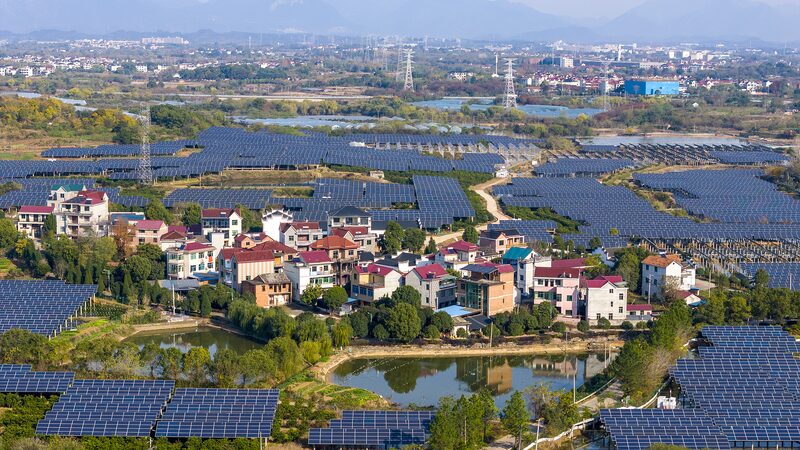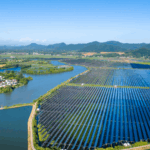China just leveled up its climate game with its first-ever comprehensive energy law, set to take effect January 1, 2025. ⏳ This legal blueprint aims to turbocharge the country’s green transition while balancing skyrocketing energy demands and environmental challenges. Think of it as China’s playbook for hitting its dual carbon goals (peak emissions by 2030, carbon neutrality by 2060) while keeping the economy buzzing. 🌏🔋
Global Energy, Local Strategy
From the U.S. 🇺🇸 to the EU 🇪🇺, every region has its energy priorities. China’s new law borrows the best bits—like market stability and green growth—but adds a twist: long-term flexibility. It’s less about rigid rules and more about setting the stage for future policies (hello, hydrogen energy subsidies! 🔥).
Who’s in the Game?
The law rallies everyone from government planners to local startups:
- ⚡ Governments: Must align regional energy projects with national green goals.
- 🌍 Businesses: Get tax breaks for renewables and mandatory minimums for clean energy use.
- 🔌 Consumers: Incentivized to adopt solar/wind via \"green power certificates.\"
Coal vs. Renewables: A Balanced Diet
Coal isn’t canceled—it’s labeled a \"foundational\" energy source (with cleaner tech goals). But the spotlight’s on renewables: solar, wind, and now hydrogen energy joins the party. 🎉 The message? China’s energy mix is getting a glow-up, one policy at a time.
This law isn’t just about China—it’s a signal to global markets 🌐 that the world’s second-largest economy is charging toward a greener future. Investors, take notes! 📈
Reference(s):
China's energy law promotes green transition, global energy governance
cgtn.com






